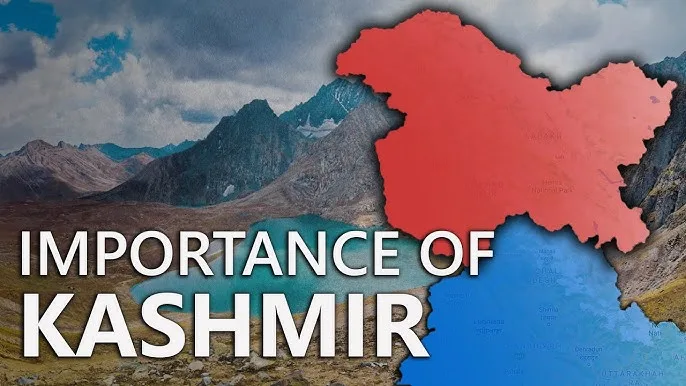Located in northernmost India, Jammu and Kashmir is a union territory characterised by its diverse geography, climate and cultural heritage.
The region’s unique landscape, which includes towering mountain ranges, fertile valleys and arid plateaus, has shaped its environment and lifestyle and elevated its strategic importance in South Asia.
Several significant mountain systems dominate the geography of J&K, each playing a critical role in its strategic framework, such as the Karakoram Range.
Located in the northernmost corner of Ladakh, this range is home to some of the tallest peaks outside the Himalayas, including Saltoro Kangri and Sia Kangri. The Siachen Glacier, a critical region for national security, is also located here.
South of the Karakoram, this range divides the Zanskar Valley from the Indus Valley, which is known for its rugged terrain and limited accessibility. Running parallel to the Zanskar Range, this range hugs the Indus River and encompasses key settlements such as Leh.
The region’s tallest and most continuous range stretches through parts of Kashmir, Ladakh and into Himachal Pradesh.
Several vital rivers crisscross J&K and are home to many notable lakes, including the Indus River. Originating in Tibet, it flows through Ladakh and into Pakistan, forming the backbone of the region’s hydrology.
Rising from Verinag, it passes through the Kashmir Valley and enters Pakistan, supporting agriculture and transport. Chenab River Originating in Himachal Pradesh and passing through Jammu, it is crucial for hydroelectric power and irrigation.
Central to Srinagar’s identity and tourism economy. Wular Lake, among the largest freshwater lakes in Asia, is critical for biodiversity. J&K’s landscape is a fascinating blend of plains, valleys, deserts and glaciers, influencing its human and military geography.
Nestled between the Great Himalayas and Pir Panjal, the Valley is known for its fertile land, dense population and stunning landscapes.
This southern region features low hills and plains with a moderate climate, making it agriculturally productive and a logistical hub. A high-altitude desert with harsh climate conditions and sparse human habitation. Siachen Glacier, Zoji La, Khardung La and Chang La are critical for maintaining year-round connectivity and enhancing military mobility.
Jammu and Kashmir’s geography is not just scenic it carries enormous strategic weight, influencing defence policy, resource management and regional diplomacy. The region’s unique landscape and location make it critical to India’s security framework and regional stability.
In conclusion, the geography of Jammu and Kashmir is a dynamic blend of natural beauty and strategic value. Understanding the region’s geography is essential for appreciating its physical features and recognising its pivotal role in India’s security framework and regional stability. As geopolitics continue to evolve, the geographical significance of J&K will only continue to grow.


